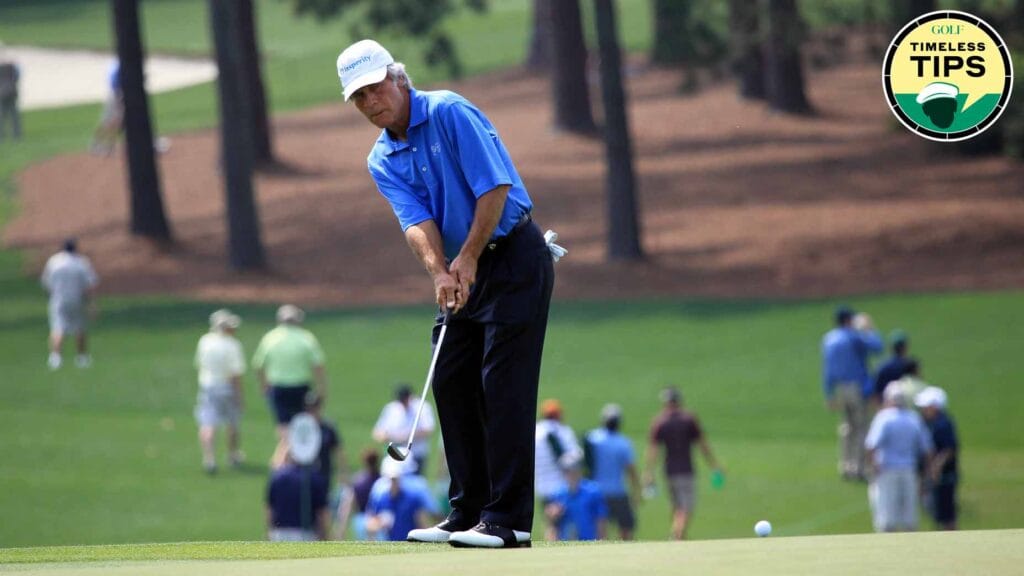When faced with a putt over 50 feet, it’s important to adjust your technique to find success. In the world of golf instruction, timeless tips can make a big impact on your game. One such tip is the importance of lag putting, as shared by two-time Masters champ Ben Crenshaw in the April 1985 issue of GOLF Magazine. Becoming a competent lag putter can help lower your scores by eliminating three-putts and reducing the stress of short putts.
Crenshaw shared several key adjustments to make when faced with lengthy putts. These adjustments include standing taller to increase the width of your swing arc, taking a wider stance to maintain stability, and focusing more on pace than line. Visualizing a circle around the hole and aiming to finish the ball within a four-foot radius can help improve lag putting accuracy. Crenshaw also provided a step-by-step guide to his lag putting technique, emphasizing a smooth stroke and consistent tempo.
In the backswing, Crenshaw advises using the arms and shoulders to create a smooth motion, with just enough wrist action to keep the stroke fluid. A long backswing is essential for generating enough force without changing tempo, while a slight weight shift to the right foot helps maintain stability. In the downswing and impact, the focus is on swinging through the ball with the arms and club, allowing the shoulders to guide the stroke. The blade should close slightly at impact to get the ball rolling immediately.
Crenshaw highlights the importance of incorporating some leg action in the forward swing, as keeping the legs still can lead to a stab at the ball. By releasing the right leg to the left, you can avoid flipping at the ball with your wrists and maintain a smooth stroke. The follow-through should mirror the backswing in length, creating a smooth and rhythmic motion. A slow and even beat, like a metronome, can help maintain natural tempo and touch on long putts.
In summary, Crenshaw’s tips for lag putting include standing taller, taking a wider stance, visualizing a target circle, and focusing on creating a smooth, rhythmic stroke with proper leg action. By following these steps, you can improve your lag putting and sink more long putts, ultimately lowering your scores and enjoying the game more. Incorporating these timeless tips into your game can make a significant difference in your overall performance on the green.


